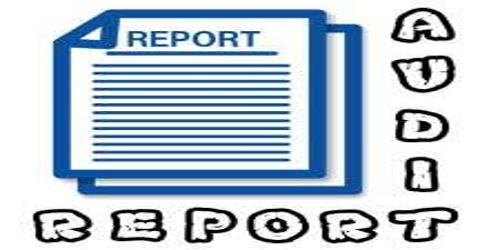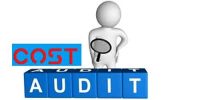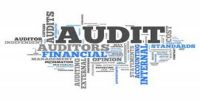Basic contents of the Standard Audit Reports
The audit report is the auditor’s formal means of communicating to interested parties a conclusion about the audited financial statements. In issuing an audit report, the auditor must meet the four generally accepted auditing standard of reporting.
A standard report is the most common report issued. It contains an unqualified opinion stating that the financial statements present fairly in all material respects, the financial position, results of operations and cash flows of the entity in conformity with generally accepted accounting principles.
In the words of W.C. Bynton –
“An opinion on the basis of an audit performed in accordance with GAAS is called the standard report.”
In 1988, the ASB changed the form and content of the standard report by issuing SAS No. 58, Reports on Audited Financial Statements.
Elements of audit report:
Because of its importance in a financial statement audit, a basic understanding of the form and, the content of the standard report essential.
(a) Title: The title indicates the nature of the report. The title should be like “Auditor’s report or Branch auditor Report”.
(b) Addressee: The auditor’s report should address the person to whom it is meant to be followed. Generally, the audit report is submitted to the board of directors or stockholders of an entity.
(c) Opening or Introductory Paragraph: the introductory paragraph should identify:
- types of service performed,
financial statements audited
- dates of statements,
- management ‘s responsibility for statements,
- auditor’s responsibility for an opinion.
(d) Scope Paragraph
The scope polygraph specifies the work performed by an auditor. The scope paragraph should indicate that the auditor had planned and performed the audit to obtain reasonable assurance whether financial statements are free from material misstatement. Specifically, the scope paragraph describes the audit as including –
- assessing accounting principles used and significant estimates made by management,
- evaluating overall financial statements presentation.
(e) Opinion Paragraph
The opinion paragraph of the report should state the auditor’s opinion as to whether the financial statements give a true and fair view in conformity with financial reporting framework and comply with the statutory disclosure requirements.
(f) Signature: The report should be signed the personal name of the auditor or in the name of the audit firm or both.
(g) Date: The date of the report should be the date when the auditor has obtained sufficient appropriate evidence to support the opinion. It should not be earlier than the date when management approves the financial statements.















